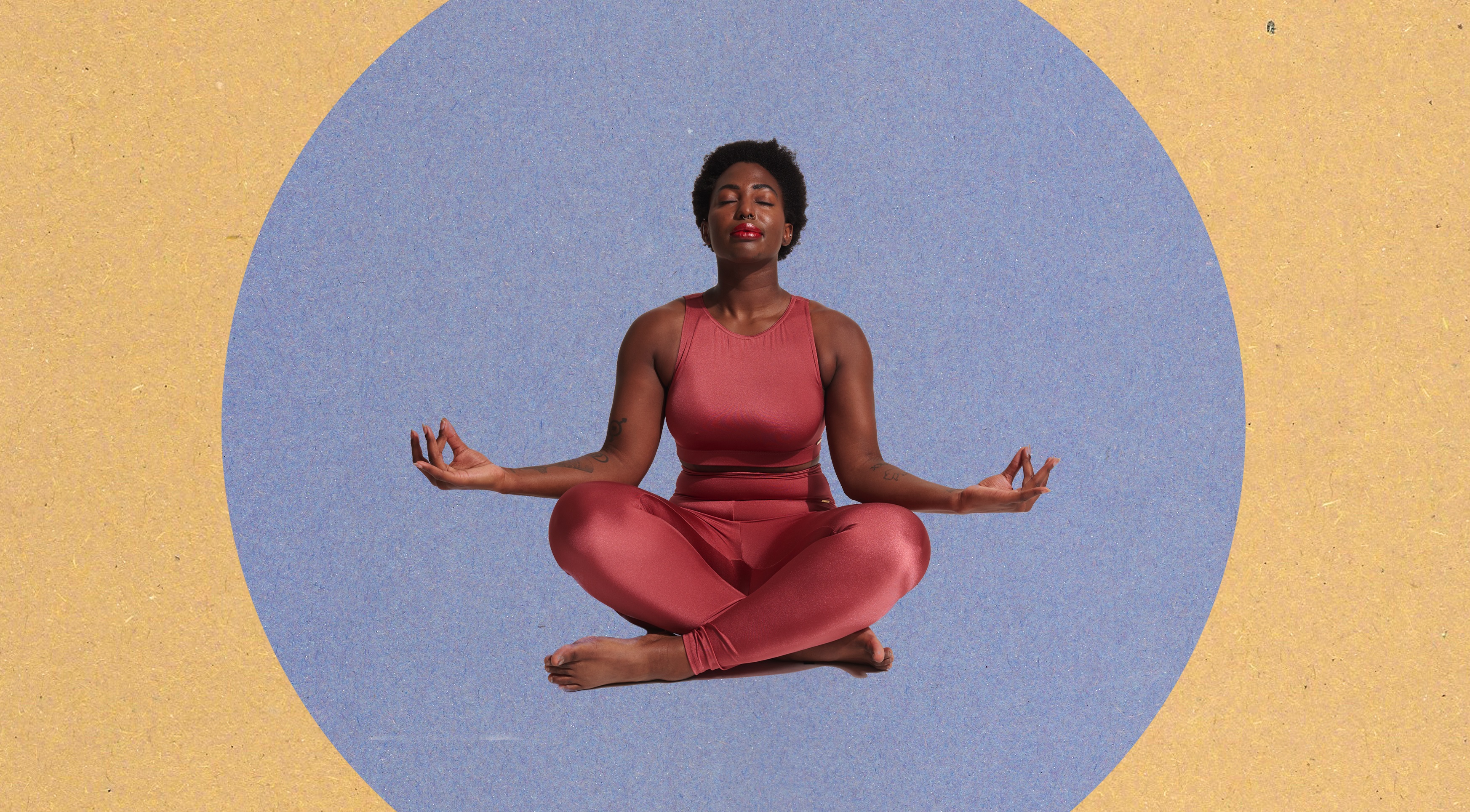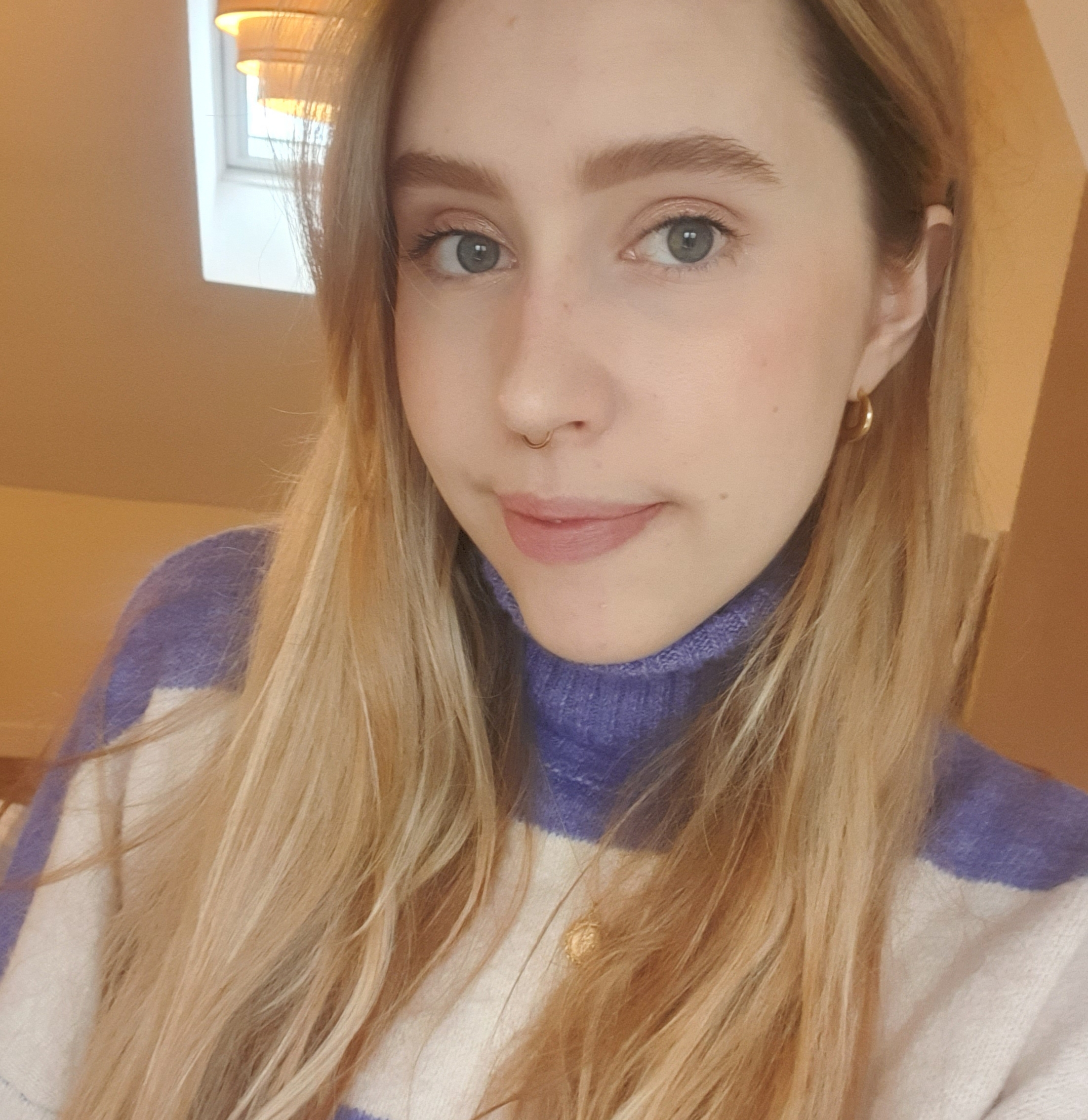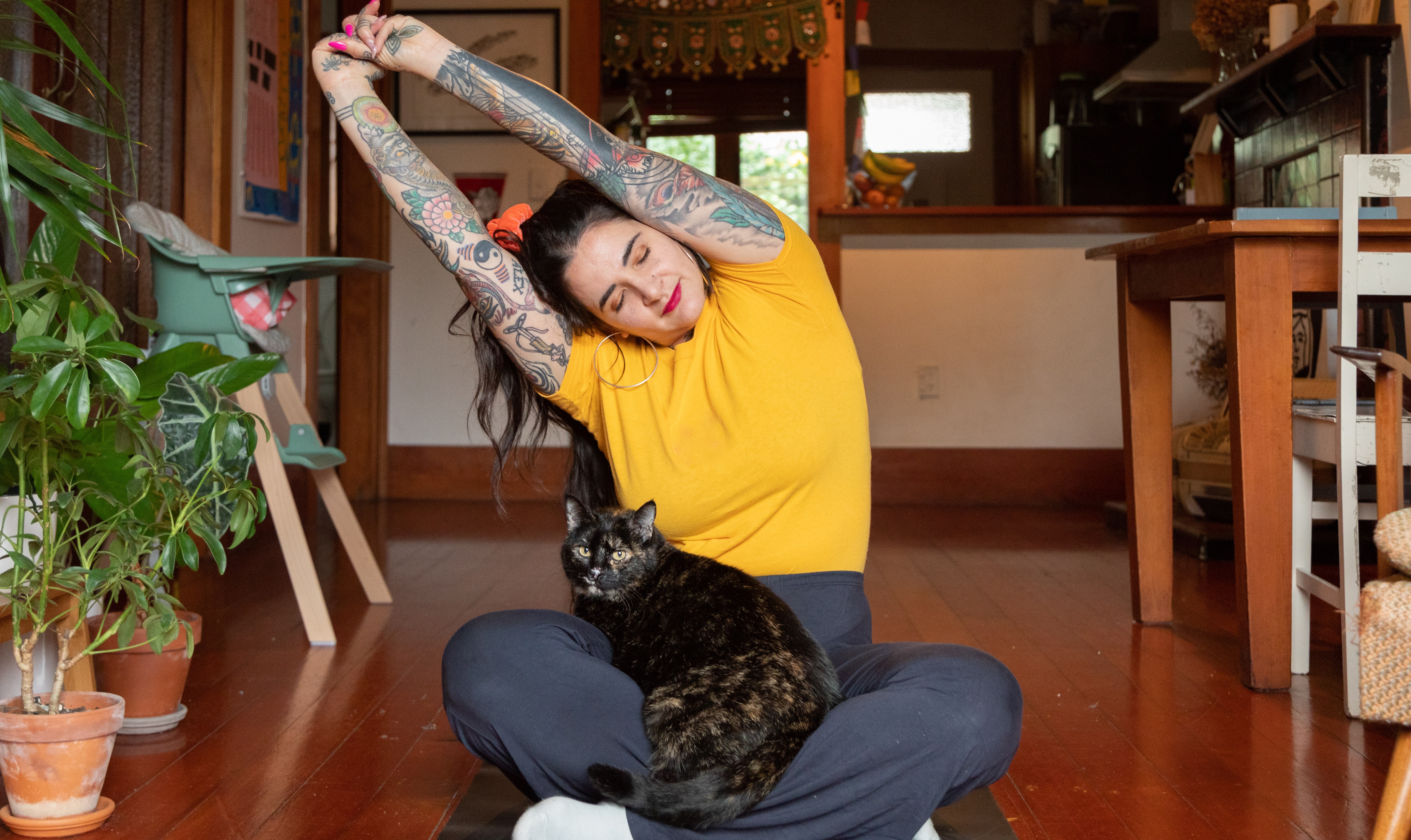What happens when you meditate?
We know the brain benefits but in terms of the body, what happens when you meditate?


Well-being and self-care day ideas are at the forefront of our minds right now, especially after years of uncertainty, anxiety, and stress. So it's no wonder that meditation has become an increasingly popular practice for coping and taking time to relax (especially thanks to the best meditation apps out there).
Sharing the benefits of meditation, an expert from fitness brand IRunFar has explained that meditating can helps us achieve a “mentally clear and calm emotional state." And how does it actually impact our bodies? Here's what we know.
In bodily terms, what happens when you meditate?
1. Your blood pressure lowers
A study conducted by Kent State University showed that people who practiced meditation had significant decreases in blood pressure measurements. “Meditating affects activity in the nervous system and alters the expression of genes linked to the immune system,” IRunFar explains. “Although meditation should not be used as a sole remedy for high blood pressure, it’s proven to help alongside a balanced diet and frequent exercise.”
2. Your stress levels are reduced
“Meditation triggers the body’s relaxation response and restores the body to a calm state, which is the exact opposite reaction to stress. Practicing meditation can calm your mind and body by stopping the stress-induced thoughts," the IRunFar team says.
3. It can reduce symptoms of depression
Findings from a study conducted at John Hopkins University showed that successful bouts of frequent meditation can have similar effects as taking anti-depressants. “Successful meditation practice can alter your reactions to feelings of stress and anxiety, which are triggers for depression,” IRunFar explains. “Over time, meditation will train the brain to achieve sustained focus.”

How to start meditating
We know what you’re thinking—that all sounds great, but how do you even do it effectively or start?
There are loads of ways to practice meditation, you can follow guided meditations through apps like Headspace and Calm, or videos like Netflix's Headspace. IRunFar recommends starting with the basics:
- Find a comfortable, quiet place. Like a patch of carpet where the sun is hitting, the garden, your bed, or a nice spot on the sofa.
- Find a time that suits you, so you can practice regularly
- Sit comfortably and just follow your breath, breath in and out and try to clear your mind
- Remember there's no pressure, you don’t need to meditate for hours. It can be as long as you like, the key is regularity, like a morning ritual. Even if it’s just for 10 or 15 minutes every morning or night.
After all, practice makes perfect!

Naomi is a Lifestyle News Writer with the Women's Lifestyle team, where she covers everything from entertainment to fashion and beauty, as well as TikTok trends for Woman&Home, after previously writing for My Imperfect Life and GoodTo. Interestingly though, Naomi actually has a background in design, having studied illustration at Plymouth University but lept into the media world in 2020, after always having a passion for writing and earned her Gold Standard diploma in Journalism with the NCTJ.
Before working for Future Publishing’s Lifestyle News team, she worked in the Ad production team. Here she wrote and designed adverts on all sorts of things, which then went into print magazines across all genres. Now, when she isn’t writing articles on celebs, fashion trends, or the newest shows on Netflix, you can find her drinking copious cups of coffee, drawing and probably online shopping.